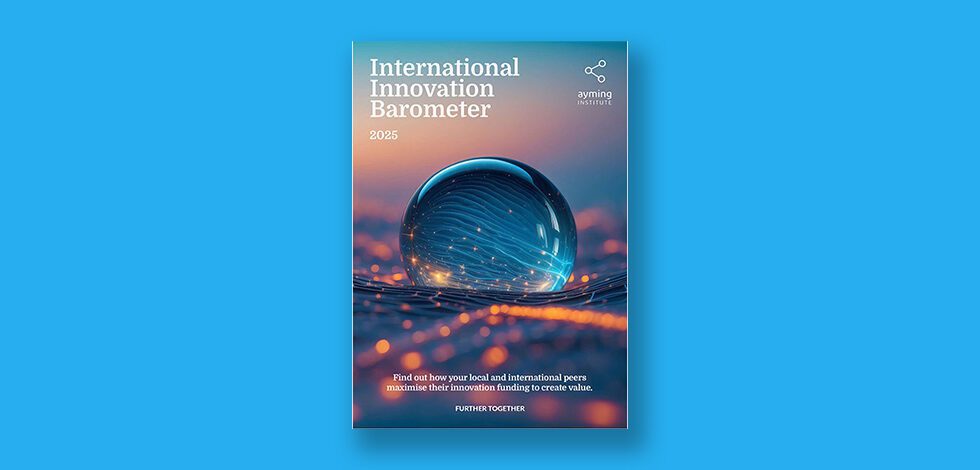What is the R&D Tax Credit ?
The R&D Tax Credit helps companies remain competitive by allowing a reduction of federal and state income taxes owed for qualified expenditures related to the development or improvement of a product, process, software, formula or invention. The federal R&D tax credit can be used to offset federal income taxes to the extent that qualified research expenditures exceed a base period amount. Businesses that do not pay federal corporate income tax, such as S-corporations and partnerships, are allowed to pass along their federal R&D tax credits to shareholders or partners.
What Has Changed?
On December 22, 2017, the largest tax reform package to be passed by Congress was introduced with the signing of Public Law no. 115-97 by President Trump. The R&D tax credit was not omitted from the reform, with new provisions put in place to perpetuate the use of the credit. The favorable changes implemented in 2015, such as making the credit permanent according to the PATH Act, were not affected.
Alternative Minimum Tax Changes
Effective for the tax year ending after December 31, 2017, the Act eliminates the corporate AMT. This is a major change, as previously the R&D tax credit could not be used to offset AMT. The AMT is still applicable for 3 years prior to 2018.
How Ayming Can Help?
With the new law already in effect, now is the time for companies to re-evaluate their R&D strategies and uncover how to maximize their funding. Ayming’s experts are well-versed on the latest developments, and can help build a holistic R&D funding strategy.
Contact us for an assessment of current and future funding potential.












No Comments